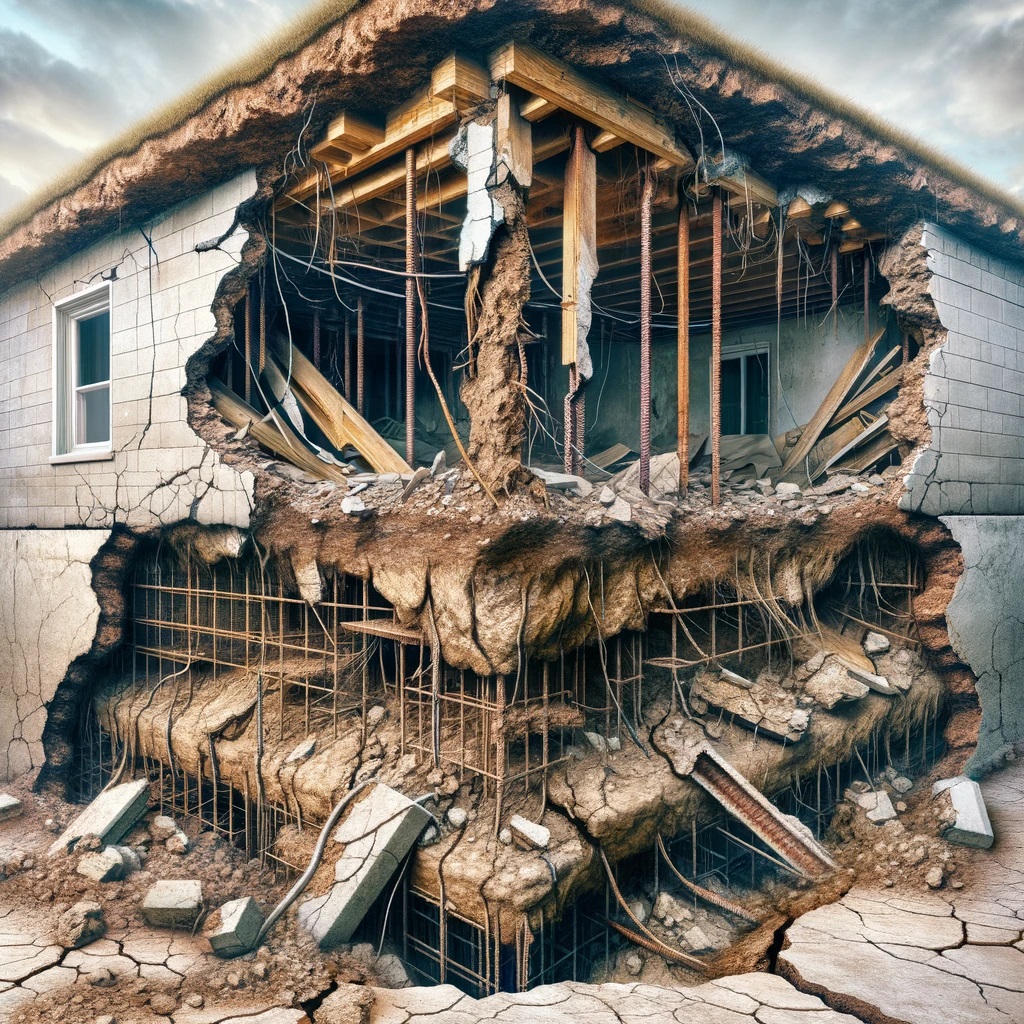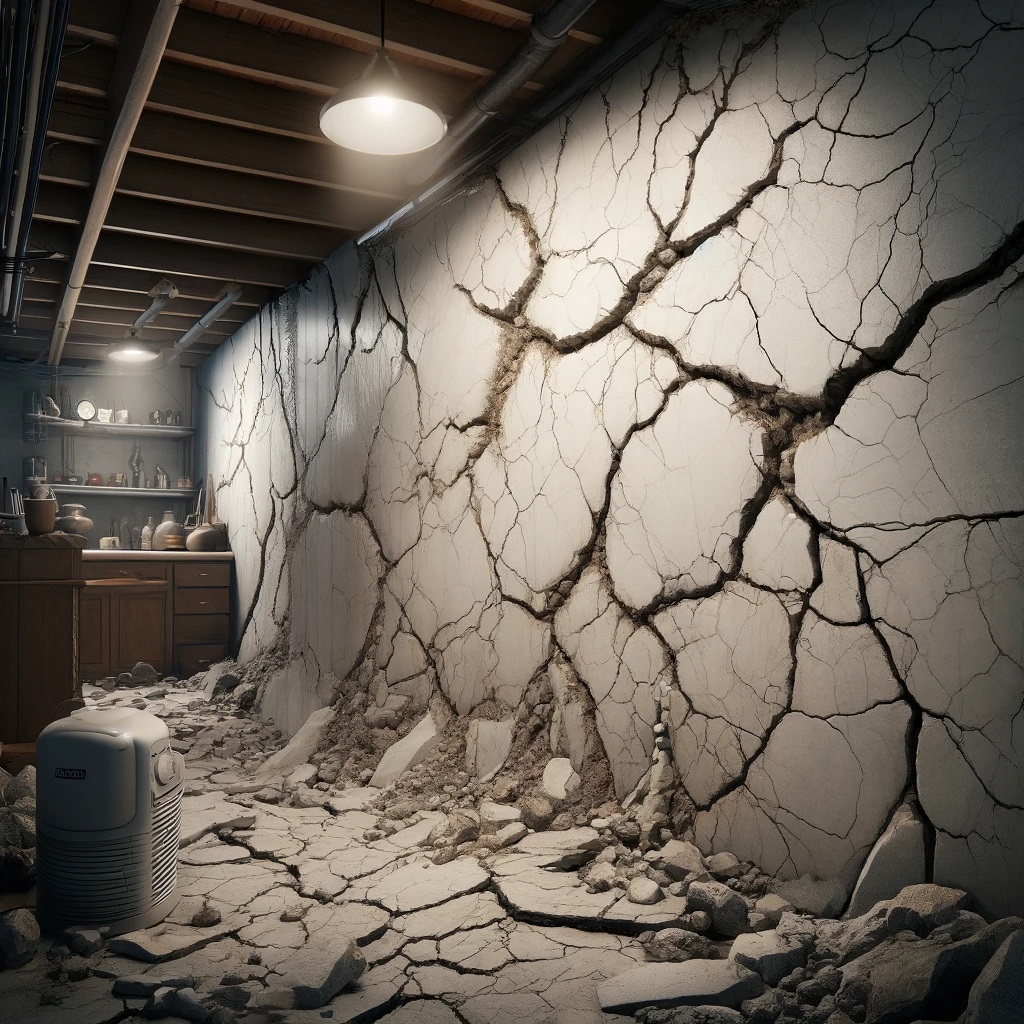Dry Rot Repair
Wood is a major component of any home. You can find it almost everywhere from the walls and roof right down to the foundation of the home. Dry rot is therefore a big deal when it is identified in a home. It can easily affect the structural integrity of your home.
Understanding Dry Rot
Despite the name, Dry rot occurs as a result of exposure to high humidity levels (above 20%). It is caused by a fungus known as Serpula Lacrymus. This fungus feeds on cellulose. It therefore breaks down wood to access the cellulose in the cells of the wood structure, leaving a trail of dry and weakened timber.
The problem with the fungus is that it can continue destroying wood indefinitely unless stopped in its tracks. It continues to feed on timber until it produces fruiting bodies. These fruiting bodies produce spores that start the life cycle again.
Spotting the fungus can be tricky. This is because timber affected by it doesn’t feel damp to the touch. However, keen observation will reveal white growths on the timber. These spots emit a spore dust that is dark red in color.
If you suspect that you have a problem, be sure to contact a professional for inspection. They will have specialized tools and equipment to detect the fungus and determine how extensive your problem is.
Common Areas for Infestation
There are areas in the home where wood is exposed to high levels of moisture. These parts of the home are common sites where the fungus can be found. They include:
- Doors
- Decks
- Windows
- Siding
- Porches
- Shower walls
- Trim
- Floors in bathrooms
- Caulking
- Areas of the roof that lie near gutters
- Where wood floors meet concrete foundations
What the Experts Will Do
Once you have determined that your home is affected by dry rot, it’s time to take action. This will ensure that you don’t give the fungus an opportunity to spread to other parts of the home.
Get in touch with an expert to ensure that you get rid of the fungus. Remediation occurs in four steps depending on the severity of the infestation. These steps include:
- Stopping the moisture at the source – This depends on the source of the moisture. It may include waterproofing or repair.
- Exposing the full scope of the infestation – This may involve breaking down some walls and structures.
- Removing infected wood
- Treating infected areas with fungicide
- Replacing wood
Contact us today for more information!

Jeff’s passion for basement waterproofing can be traced back to his early days at Everdry Waterproofing. He spent significant time working in every department not only to learn and improve but to help those who worked with him advance both personally and professionally.
Jeff has worked in the Waterproofing industry for 35 years, gaining experience in marketing, sales, service, and installations. As a seasoned basement waterproofing professional, he is passionate about advancing his knowledge in waterproofing and developing his team. In addition to basement waterproofing, he is also a board member for a non profit that educates and protects consumers against unethical business practices. Outside of the office, Jeff enjoys travel, music, and time with his wife of 36 years and his two sons.
Curious about the brains behind the great content here? It’s me, Jeff Schleuning, with 35+ years of expertise in the basement waterproofing industry and a rich history of owning a Basement Waterproofing franchise in Michigan.
My journey has equipped my team and I with invaluable insights, enabling to craft content that resonates with the audience using industry-leading online tools. Incorporating tools like SEMRush, Google Keyword Planner, AI technologies like ChatGPT, Claude-2, Google Bard, and Grammarly, we ensure the content is not just engaging but also strategically aligned with market trends.







